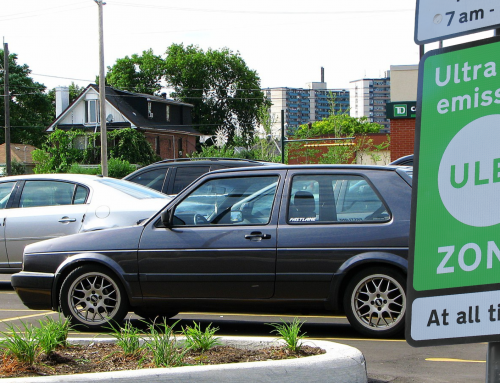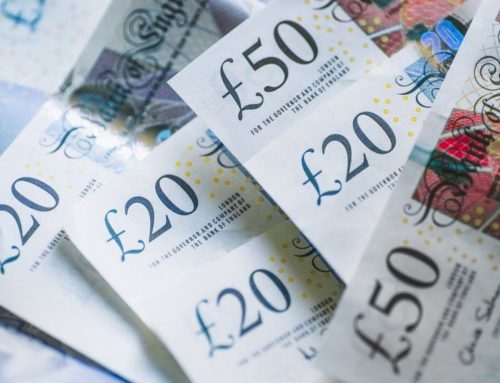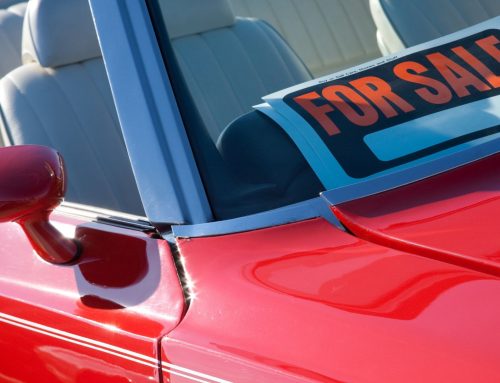Many classic car owners are on tenterhooks with news that the government is moving towards mass electrification of cars, intending to do away with all diesel and even petrol cars by 2050 following a ban on the sale of new combustion vehicles will be introduced in 2030.
Many of us, classic and modern car owners alike, feel reluctant to switch to electric cars. Indeed, for classic car owners, the cost of conversion of a prized vintage vehicle is relatively high. Whilst switching to electricity may seem the best way to help the environment, it is actually a hugely expensive exercise to undertake following the enormous cost implications of Brexit and a global pandemic.
Malcolm McKay, a spokesperson for the Historic and Classic Vehicle Association, said, “[This programme is] one that is likely to prove a huge mistake as other nations achieve net zero CO2 by a far less costly and disruptive mix of electric power where it’s best suited and e-fuels where they are more efficient.”
He added: “E-fuels, with green generation, are potentially carbon-neutral and are the most viable answer for aircraft, ships and long-haul trucks.
“They offer an achievable solution for poorer countries with older vehicle fleets and inadequate electricity infrastructure.
“They also offer a lifeline for historic vehicles.”
With classic car owners hit by the daily fees of Clean Air Zones and London expanding their ULEZ, could e-fuels be the saviour we are looking for?
What Are E-Fuels?
Vehicle fuels are composed of a combination of hydrogen and carbon atoms. While conventional fuels such as petrol or diesel are derived from oil, synthetic or E-Fuels can derive their carbon from the air and hydrogen from water. These then form to mimic the structure of oil-based fuels such as petrol or diesel.
These synthetic fuels are almost carbon neutral and can be used as a natural alternative to petrol or diesel. This means that they can be pumped from existing fuel stations, and they work with the combustion engines already fitted in your favourite historic vehicle.
Porsche and Siemens Energy Project
Porsche has joined forces with Siemens Energy to produce e-fuels. This project is taking place in the south of Chile, South America. This southern location was chosen because a reliable wind source is necessary when developing e-fuels, and the wind in this area is plentiful. This wind provides renewable energy for splitting water into hydrogen, which is an electric-intensive process. The use of this wind power means that even after shipping any synthetic fuels back to Europe in a tanker, the fuels are still close to carbon-neutral.
Porsche has taken on this project because they believe that to lower CO2 emissions of legacy cars, e-fuel will be crucial. They would even allow for future plug-in hybrids to alternate between electric propulsion in the city and synthetic fuels for other travel.
Audi has also been involved in creating and innovating e-fuels since 2009, albeit in smaller volumes.
Is biofuel new?
The answer is no. Brazil worked hard to create biofuels from crops; however, unfortunately, the competition with food supplies was too great. At the moment, British fuel is 5% bio-ethanol, but this will rise to 10% over the course of this summer. The E10 formula does reduce CO2 emissions. However, it’s not a substitute for a carbon-neutral alternative.
Synthetic fuel isn’t free; in fact, Porsche estimates that e-petrol is likely to cost over 10 euro per litre initially. However, they predict that the cost will drop to match today’s fuel prices once more refineries are built.
The drop in the cost of e-fuels will be somewhat reliant on the penalties applied by the government to the price of fossil fuels. These penalties would act as a deterrent for fossil fuel use and lower the costs of alternatives such as e-fuel.
While e-fuel may not ultimately win out to electric power, it certainly offers classic car owners a light at the end of the tunnel in the fight to keep their vintage vehicles on the road.







Leave A Comment